
How Do I Remove Bike Pedals? Step-by-Step Guid
Knowing how to remove bike pedals is useful for any cyclist or e-bike rider. Whether you’re upgrading your setup or switching pedal types, understanding how you take off a bike pedal makes maintenance quick and easy. This guide covers the simple steps and tools needed to remove and change bike pedals safely.
Tools You’ll Need to Remove and Change Bike Pedals
Knowing how to remove bike pedals or how to change bike pedals starts with the right tools. Using improper tools can damage your crank or pedal threads. Essential tools include:
-
15mm Spanner or Adjustable Wrench – Ideal for most standard pedals. Avoid wrenches that are too thick, as they can slip.
-
8mm or 6mm Hex (Allen) Key – Needed for pedals with hex sockets, especially modern or clipless designs. Long-handled or T-shaped keys provide better leverage.
-
Grease or Anti-Seize Lubricant – Prevents pedals from seizing and protects threads. Avoid chain lube or general oils.
-
Optional Accessories – Pedal washer (if required), towel or mat to protect your floor, and extra leverage tools for stubborn pedals.
Having these tools ensures a smooth pedal removal and installation process, whether you’re upgrading, servicing, or switching pedals.
Understanding Left and Right Bike Pedals
If you’re wondering how do I remove bike pedals or how do you take off a bike pedal, it’s crucial to understand the difference between left and right pedals. Each side has specific threading to stay secure while riding, and installing the wrong pedal can damage the threads, making future installation difficult or impossible.
Right (Driveside) Pedal
The right pedal is located on the driveside of the bike, the side with the chain, cassette, or gears. It features standard threading, meaning it tightens clockwise and loosens counterclockwise. This threading ensures that pedaling naturally keeps the pedal tight.
When removing the right pedal, turn the spindle toward the rear of the bike. For installation, start threading the pedal by hand clockwise until it is hand-tight, then secure it with a 15mm spanner or an appropriate hex key. Hand-threading first is crucial because forcing the pedal with tools can cross-thread the crank, damaging both pedal and crank arm.
Pro Tip: Always position your crank so the pedal spindle is accessible, typically with the crank arm parallel to the ground, to apply maximum leverage without risking injury or slipping.
Left (Non-Driveside) Pedal
The left pedal is located on the non-driveside, opposite the chain. It uses reverse threading, which is the opposite of the right pedal: it tightens counterclockwise and loosens clockwise. Reverse threading prevents the pedal from loosening during pedaling.
To remove or install the left pedal, start by hand-threading it counterclockwise to avoid damaging the threads. Once hand-tight, secure it using a spanner or hex key, turning in the same counterclockwise direction to tighten. Skipping the hand-threading step is one of the most common mistakes cyclists make, often resulting in stripped threads or damaged crank arms.
How to Identify Left vs Right Pedals
Correctly identifying left and right pedals is essential when learning how to remove bike pedals, how do you take off a bike pedal, or how to change bike pedals. Installing a pedal on the wrong side can strip threads, damage the crank arm, and make future maintenance difficult.
Most pedals are clearly marked, and the common ways to identify them include:
-
Stamped letters: Look for an “L” for left or “R” for right, usually on the spindle or pedal body. This is the simplest and most reliable method to ensure correct installation and prevent cross-threading.
-
Textured or colored markings: Some pedals use raised textures, patterns, or color indicators near the wrench flats. These visual or tactile cues are useful if the stamped letters are worn or hard to see.
-
Thread orientation: Right (driveside) pedals use standard threading, sloping upward to the right and tightening clockwise. Left (non-driveside) pedals use reverse threading, sloping upward to the left and tightening counterclockwise. Checking thread direction is essential for proper installation and safe removal.
Even if markings are missing, carefully observing thread direction and spindle orientation ensures pedals are installed correctly, preventing cross-threading and damage. Proper identification is a key step in safe pedal removal, replacement, or upgrades for both bicycles and e-bikes.
Step-by-Step: How to Remove Bike Pedals
Knowing how to remove bike pedals or how to take off a bike pedal is an essential skill for any cyclist. Proper removal ensures your crank threads stay intact and makes future pedal installation easier. Follow these steps carefully for both the right and left pedals.
Step 1: Position the Crank
Start by positioning your bike so you have clear access to the pedal. For the right (driveside) pedal, rotate the crank so it points forward at the 3 o’clock position. For the left (non-driveside) pedal, rotate the crank to the 9 o’clock position. Positioning the crank this way gives you maximum leverage and makes it easier to apply force safely without slipping or damaging the pedal or crank.
Step 2: Fit Your Tool
Next, select the correct tool. Most pedals use a 15mm spanner for flat-wrench pedals, or an 8mm/6mm hex (Allen) key for modern or clipless designs. Ensure the tool is fully seated on the pedal flats or hex socket before applying pressure. Using a long-handled spanner or T-shaped hex key increases leverage, making removal easier, especially for pedals that have been tightened or left on the bike for years.
Step 3: Loosen the Pedal
Apply steady pressure to the tool to loosen the pedal. The right pedal has standard threading and loosens counterclockwise toward the rear of the bike. The left pedal has reverse threading and loosens clockwise. Applying consistent force rather than sudden jerks reduces the risk of slipping or damaging threads. Pay attention to the pedal’s direction and threading type to avoid mistakes, as forcing a pedal in the wrong direction can permanently damage the crank.
Step 4: Apply Extra Leverage if Needed
If a pedal is stuck due to old grease, dirt, or corrosion, additional leverage may be required. You can slip a pipe over the spanner to extend your leverage, use your foot to press down on the spanner carefully, or ask a partner to hold the bike steady while you apply force. Avoid using excessive force at awkward angles, as this could damage the pedal or crank arm.
Step 5: Unscrew by Hand
Once the pedal begins to move, finish removing it by hand. This ensures the threads are not cross-threaded or damaged. After removal, inspect the crank threads for dirt or debris. Wipe them clean and apply a thin layer of grease or anti-seize lubricant. This not only protects the threads but also makes future pedal installation much smoother.
Step-by-Step: How to Fit or Change Bike Pedals
Knowing how to change bike pedals or how to fit new pedals is essential for any cyclist. Proper installation ensures your pedals stay secure while riding and prevents damage to the crank threads. Follow these steps carefully for both the right and left pedals.
Step 1: Preparing Pedals and Cranks
Before installing pedals, thoroughly clean the threads on both the pedal spindles and the crank arms. Dirt, grit, or old grease can make installation difficult and damage the threads. Apply a thin layer of grease or anti-seize lubricant to the pedal threads; this prevents seizing and ensures smooth removal in the future. Some cranksets may require a pedal washer—check your bike or crankset manual and fit it if necessary. Proper preparation is the foundation of a secure, long-lasting pedal fit.
Step 2: Fitting the Right (Driveside) Pedal
Start with the right pedal, located on the driveside of the bike (the side with the chain and gears). Thread the pedal in by hand clockwise until it bottoms out against the crank. Hand-threading first prevents cross-threading and ensures smooth installation. Once the pedal is hand-tight, use a 15mm spanner or hex key to snug it further. For riders using Shimano pedals or other precision models, follow the torque recommendation of 35–50 Nm if you have a torque wrench. Proper tightening ensures the pedal remains secure while pedaling without over-stressing the crank threads.
Step 3: Fitting the Left (Non-Driveside) Pedal
Next, fit the left pedal, located on the non-driveside (opposite the chain). The left pedal uses reverse threading, so thread it by hand counterclockwise to prevent cross-threading. Once the pedal is hand-tight, use your spanner or hex key to snug it securely. Check that the pedal spins freely without wobbling, indicating it is properly seated. Finally, wipe off any excess grease from the crank and pedal to keep your bike clean and prevent dirt accumulation.
Tips and Common Mistakes When Changing Bike Pedals
When learning how to change bike pedals or how do you fit new pedals, keeping a few key points in mind can save time and prevent damage:
-
Double-check left vs right pedals – Always ensure the correct pedal is threaded onto the correct crank. Installing a pedal on the wrong side can cross-thread and damage both the pedal and crank arm.
-
Never skip grease or anti-seize – Greasing the threads prevents seizing, reduces wear, and makes future pedal removal easier. Chain oils or general lubricants are not sufficient.
-
Use leverage carefully – Apply steady, controlled pressure with spanners or hex keys. Avoid forcing pedals at odd angles, which can damage spindles or crank arms.
-
Extra leverage only when needed – For stuck pedals, use a pipe extension or a partner’s assistance, but always ensure the tool is properly seated to avoid slipping.
Following these tips helps ensure pedals are installed securely, spin smoothly, and can be removed safely in the future.
Conclusion
In conclusion, learning how to remove bike pedals, how to take off a bike pedal, and how to change bike pedals is essential for every cyclist and e-bike rider. Using the right tools, correctly identifying left and right pedals, applying grease to protect threads, and hand-threading properly ensures safe installation and easy future removal. Following these steps carefully makes pedal maintenance, upgrades, and replacements simple, keeping your bike or e-bike performing smoothly and reliably.
FAQs
How do I remove pedals from my bike?
To remove pedals from your bike or e-bike, start by identifying which side you are working on—the right (driveside) or left (non-driveside). Use a 15mm spanner or the correct hex (Allen) key and fit it securely onto the pedal spindle. Hold the opposite crank arm for stability and turn the spindle in the correct direction to loosen the pedal. Applying steady pressure ensures you don’t damage the crank or pedal threads.
Which way should I turn pedals to remove?
The right (driveside) pedal loosens by turning counterclockwise, while the left (non-driveside) pedal loosens by turning clockwise. This reverse threading on the left pedal prevents it from loosening during normal riding. Always check the pedal orientation before applying force to avoid cross-threading or damage.
Are bike pedals righty tighty lefty loosey?
Yes, but with a difference: the right pedal follows the standard “righty tighty, lefty loosey” rule, while the left pedal is reverse-threaded, meaning it tightens counterclockwise and loosens clockwise. Understanding this is crucial when learning how to remove bike pedals or how to change bike pedals safely.
Are all bike pedals removable?
Most modern pedals on bicycles and e-bikes are removable and designed for maintenance or upgrades. However, very old bikes or certain specialty pedals may require unique tools or techniques. Standard pedals typically use either a 15mm spanner or an 8mm hex key, making them easy to replace or service.
The Latest Posts
Explore isinwheel products
City E Scooter | Off-Road Scooter
Fastest Scooter | Kids Scooters




















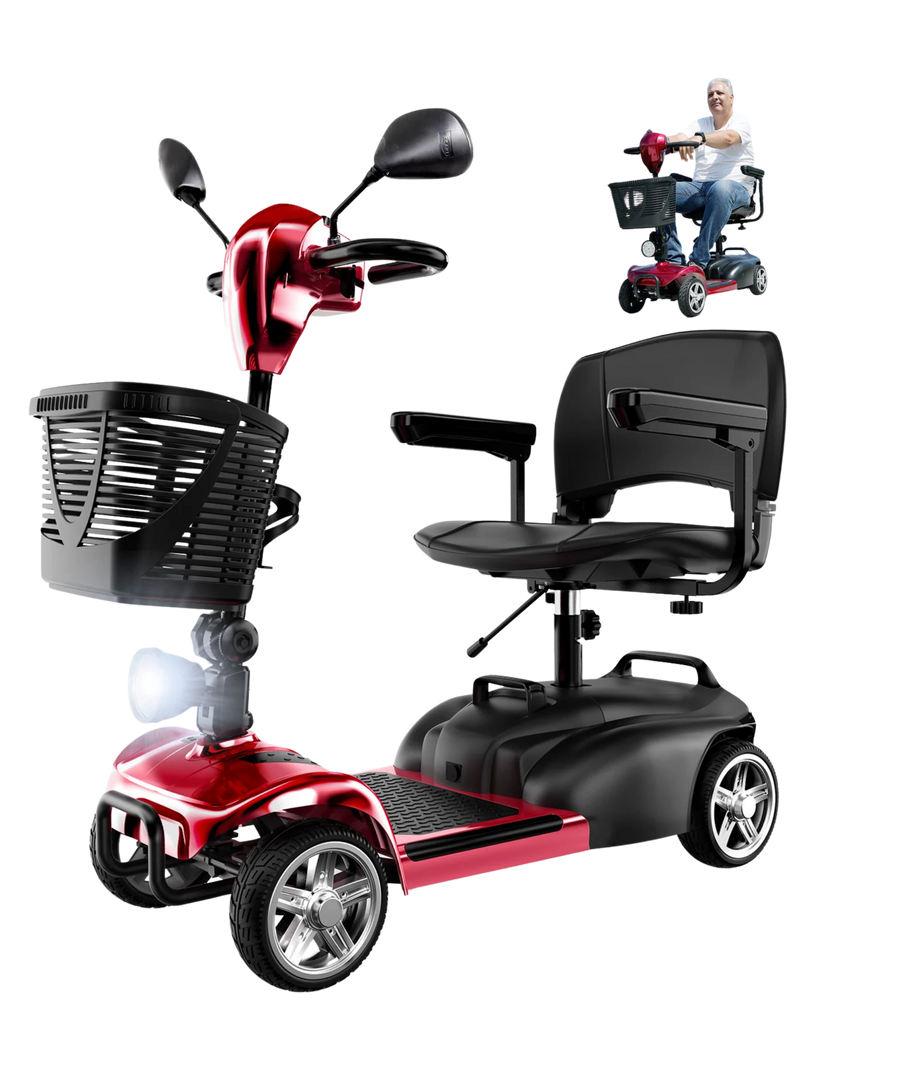
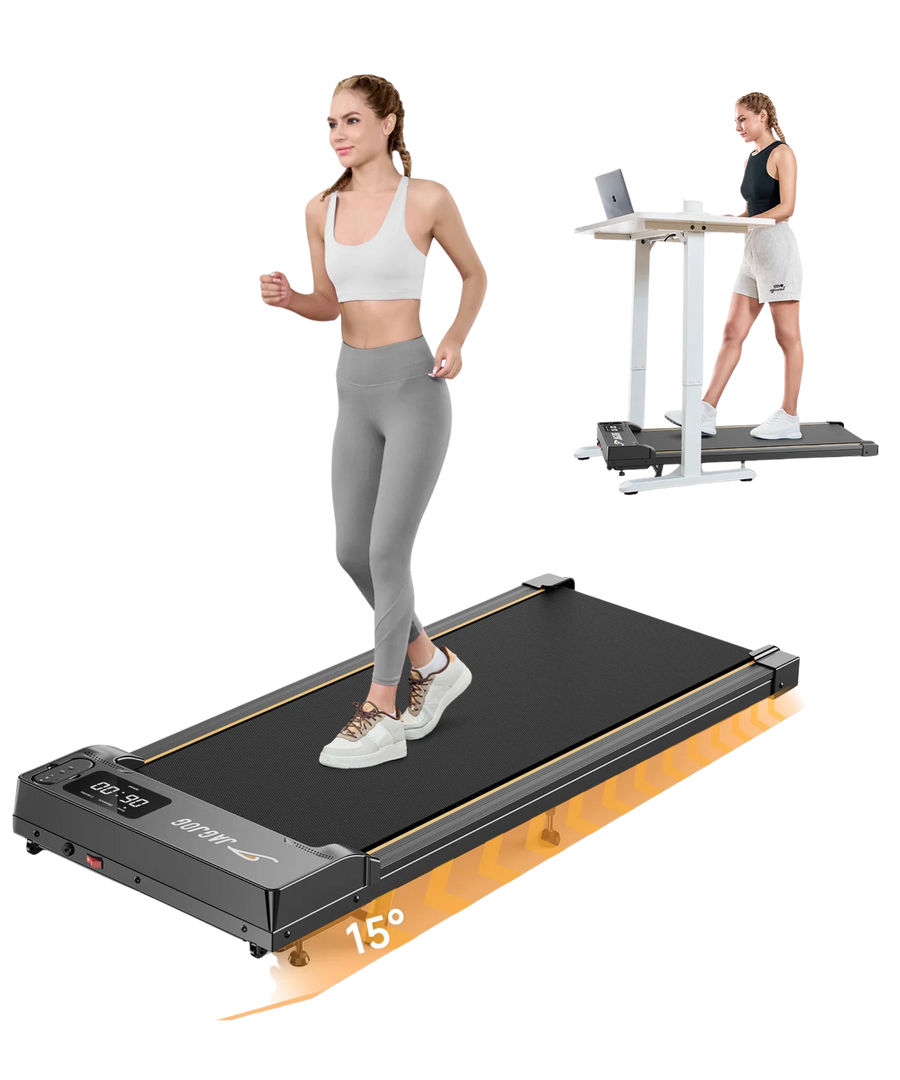






























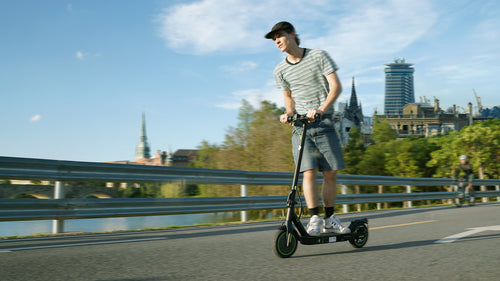


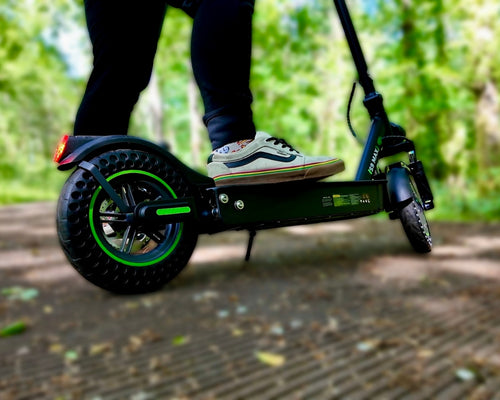
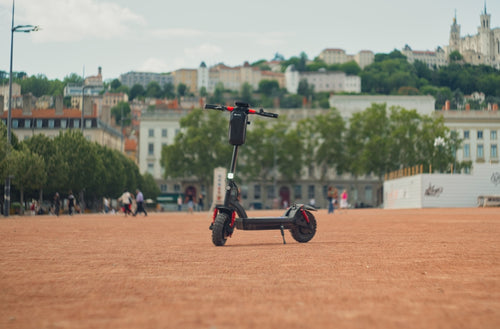
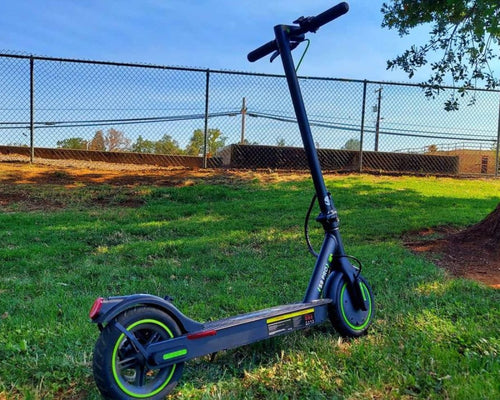





Leave a comment